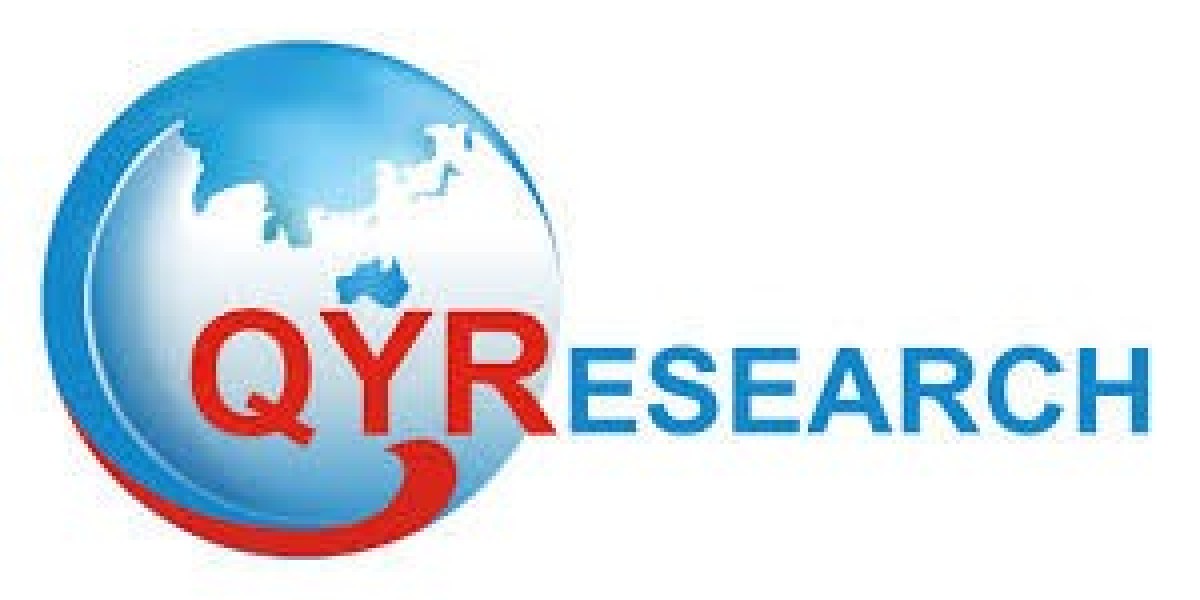The Hazardous Area Equipment Market: Navigating Safety in Explosive Environments
The global Hazardous Area Equipment (HAE) market is experiencing robust growth, driven by an escalating focus on industrial safety, increasingly stringent regulations, and rapid advancements in technology. Valued at approximately USD 11.9 billion in 2023, the market is projected to reach around USD 20.9 billion by 2032, expanding at a Compound Annual Growth Rate (CAGR) of over 6% during the forecast period. This significant expansion underscores the critical role HAE plays in protecting personnel, assets, and the environment in industries prone to explosive or flammable atmospheres.
Understanding Hazardous Areas and Their Classification
Hazardous areas are locations where flammable gases, vapors, mists, or combustible dusts may be present in quantities sufficient to create an explosive or ignitable mixture. These areas are meticulously classified into zones (e.g., Zone 0, Zone 1, Zone 2 for gases; Zone 20, Zone 21, Zone 22 for dusts) based on the frequency and duration of the hazardous substance's presence. The classification dictates the type of equipment that can be safely used in each zone, with stricter requirements for areas with a higher likelihood of explosion.
Key Drivers Propelling Market Growth
Several factors are contributing to the robust expansion of the HAE market:
Stringent Safety Regulations: Governments and regulatory bodies worldwide, such as ATEX (Europe), IECEx (international), and OSHA/NEC (North America), are consistently tightening safety standards for industries operating in hazardous environments. This forces companies to invest in certified and compliant equipment, boosting market demand.
Growing Industrialization and Automation: The rapid pace of industrialization, particularly in emerging economies, and the increasing adoption of automation across various sectors necessitate the deployment of advanced HAE. As industries move towards Industry 4.0, the demand for digitally connected and intrinsically safe equipment for remote monitoring and control continues to rise.
Rising Awareness of Workplace Safety: There's a heightened global awareness regarding worker safety and the imperative to prevent industrial accidents. This cultural shift translates into greater investment in preventative measures, including high-quality hazardous area equipment.
Expansion of High-Risk Industries: Sectors like oil & gas, chemical & petrochemical, mining, and pharmaceuticals inherently deal with volatile materials. The ongoing growth and expansion of these industries, including new exploration projects, refineries, and manufacturing plants, directly fuel the demand for specialized HAE.
Technological Advancements: Innovation in HAE is a significant market driver. The integration of IoT, AI, and wireless communication into hazardous area equipment enables real-time monitoring, predictive maintenance, and enhanced data analytics, leading to improved safety and operational efficiency. Advanced LED lighting and smart sensors offer superior performance and energy efficiency compared to traditional solutions.
Market Segmentation and Key Products
The HAE market encompasses a wide array of products designed to operate safely in explosive atmospheres. Some of the prominent product segments include:
Cable Glands and Accessories: These are crucial for securing electrical connections and maintaining the integrity of enclosures in hazardous environments, preventing sparks and explosions. They consistently hold a significant market share.
Control Panel Products: With increasing automation, explosion-proof control panels are in high demand for efficient and safe production processes.
Measurement Devices: Including sensors for gas detection, temperature, and pressure, these devices are vital for real-time monitoring of hazardous conditions.
Lighting Products: Explosion-proof lighting, often utilizing LED technology, is essential for visibility and safety in challenging environments.
Motors: Specially designed motors that prevent ignition in hazardous atmospheres.
Alarm Systems: Fire and gas detection alarms are critical for early warning and rapid response to potential incidents.
The oil and gas industry remains the largest end-user segment due to the inherent risks associated with its operations and stringent safety mandates. Other significant end-user industries include chemical & pharmaceuticals, food & beverages, energy & power, and mining.
Challenges and Future Outlook
Despite the positive growth trajectory, the HAE market faces certain challenges. High initial investment and deployment costs for certified explosion-proof equipment can be a barrier for smaller businesses. Additionally, supply chain disruptions, scarcity of raw materials, and the complexity of integrating legacy systems with new, intelligent devices in challenging environments present ongoing hurdles.
Looking ahead, the HAE market is poised for continued innovation. The integration of advanced analytics, machine learning, and further digitalization will lead to more proactive hazard prediction and automated decision-making. The demand for customized solutions tailored to specific industry needs, as well as energy-efficient and environmentally friendly equipment, will also shape the market's future. Strategic collaborations and partnerships among manufacturers, technology providers, and distributors will be crucial for expanding product portfolios and market reach. As industrial safety remains a paramount concern globally, the hazardous area equipment market is set to play an increasingly vital role in ensuring safe and sustainable operations.
Related Reports:
US Fire Sprinkler System Market







